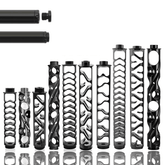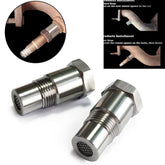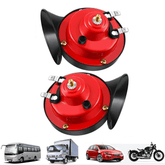Fixing P0420 Code: The Practical Guide
Understanding the ins and outs of your vehicle's functionality can seem like a daunting task. One term you may come across is the "P0420 code," a common diagnostic trouble code in vehicles. But what does it mean, and how can you fix it? We've previously discussed what P0420 code means, but in this post, we'll provide a more hands-on, practical guide to addressing it.
What Causes P0420 Code?
It's essential to understand the root cause of this error code to fix it efficiently. The P0420 code occurs when the vehicle's computer system identifies that the catalytic converter is not working as efficiently as it should. This can be due to a variety of reasons, such as a malfunctioning O2 sensor, a leaking exhaust manifold, or even the use of wrong type of fuel. Our detailed exploration of the catalyst system efficiency can provide more context here.

The Impact of P0420 Code
If the P0420 code isn't resolved, it can have severe implications on your vehicle's performance. Your vehicle might consume more fuel, emit more harmful pollutants, and even fail the emission test. For more information on these effects, check out our post on vehicle's emission performance.
Fixing the P0420 Code
There are several ways to address the P0420 code, depending on the cause. If the problem lies with the O2 sensor, it might be time for an O2 sensor replacement.

If you need a practical, efficient solution for the P0420 code, our O2 sensor adapter is a reliable choice. It can help restore your vehicle's functionality and ensure that you pass the emission test.
Conclusion
The P0420 code can seem intimidating, but with the right understanding and resources, it's a solvable issue. By addressing it promptly, you can maintain your vehicle's performance and sustainability. To learn more about vehicle maintenance and improvement, stay tuned for our future posts.









